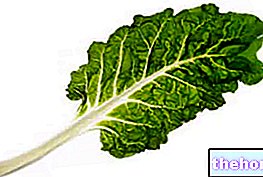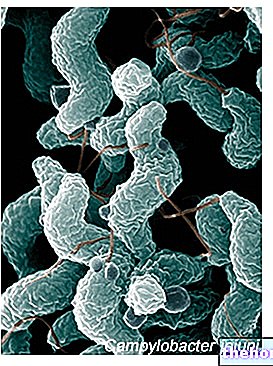
Types
Essential fatty acids belong to two families: omega 3 (ω3 or n-3) and omega 6 (ω6 or n-6).
Only two fatty acids are actually essential (ie they must necessarily be introduced with the diet): α-linolenic acid (omega 3) and linoleic acid (omega 6). From these, the human organism is able to derive five other metabolically more active or differently functional derivatives:
- Omega 3: Alpha Linoleic Acid, Docosahexaenoic Acid or DHA (22: 6 ω3) and Eicosapentaenoic Acid or EPA (20: 5 ω3).
- Omega 6: Linoleic Acid, Gamma Linolenic Acid or GLA (18: 3 ω6), Diomo-Gamma-Linolenic Acid or DGLA (20: 3 ω6) and Arachidonic Acid or AA (20: 4 ω6).
Functions
Essential fatty acids perform functions that are fundamental to health, to say the least; consequently their deficiency, excess or altered balance between them can cause undesirable effects.
The most relevant functions are:
- They build cell membranes
- Balance the production of eicosanoids (superhormones mediators of inflammation, with a promoting or suppressing action, based on the specific eicosanoid)
- Promote metabolic balance (blood pressure, cholesterol, triglyceride, blood sugar, etc.)
- They protect (although sometimes indirectly) the heart and brain from vascular pathologies (atherosclerosis, thrombi, emboli)
- They support neurological development
- They protect the nervous system from aging
- They support the visual function
- They optimize the embryonic development and growth of the child
- They appear to be involved in reducing major depression etc.
Sources
The foods that contain the most essential fatty acids are: fishery products (especially from cold seas), algae, krill, a lot of oilseeds, fatty fleshy fruits and starchy seed germ.
they exert a metabolic impact on the organism; even lipids are no exception, on the contrary, fatty acids are among the most active molecules in this regard.
The researchers found important correlations between the pathogenesis of various disorders and the alteration of the relationship between the two essential fatty acids in the diet.
















.jpg)











